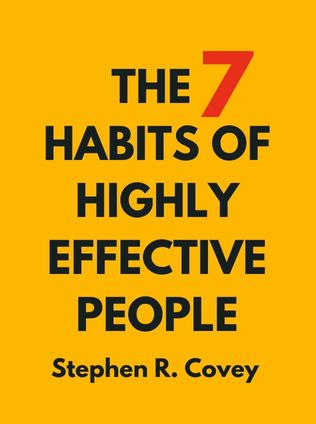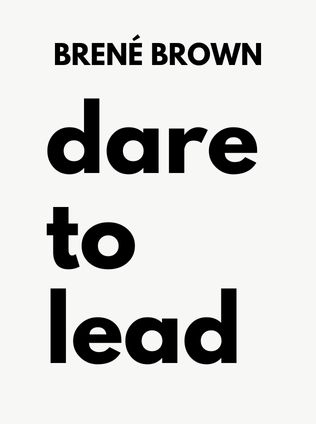
Zero to One
Notes on Start Ups, or How to Build the Future
By Peter Thiel
Published 09/2014
Zero to One: Believing in Building a Better Future
About the Author
Peter Thiel is an entrepreneur and investor known for his groundbreaking work in the tech industry. He co-founded PayPal and served as its CEO, leading it to a successful public offering in 2002. Thiel was also the first outside investor in Facebook and has funded numerous other successful startups, including LinkedIn, Yelp, SpaceX, and Airbnb. As a partner at Founders Fund, Thiel continues to shape the future of technology and business.
Main Idea
Zero to One by Peter Thiel, co-authored with Blake Masters, is a guide for startups on how to build revolutionary businesses that create new, innovative products and services. Thiel argues that true progress comes from moving from zero to one—creating something entirely new—rather than making incremental improvements on existing ideas, which he calls moving from one to n.
Table of Contents
- Introduction
- From 1 to n vs. 0 to 1
- Lessons from the Dot Com Crash
- Becoming a Monopoly
- Recruiting for the Mafia
Introduction
Peter Thiel introduces the concept of moving from zero to one as the essence of true innovation. He emphasizes that the future of progress depends on our ability to create new technologies and businesses, rather than merely expanding on what already exists. Thiel's insights are rooted in his extensive experience in the tech industry and his belief that startups have the potential to shape the future.
"The act of creation is singular, as is the moment of creation, and the result is something fresh and strange." – Peter Thiel
Thiel asserts that we are currently experiencing technological stagnation. Progress has been largely confined to Silicon Valley, but he believes that innovation is possible in any industry or area of business as long as leaders learn to think for themselves. The key is to break free from competing within established industries and create something entirely unique.
From 1 to n vs. 0 to 1
Thiel explains that progress can be horizontal (from 1 to n) or vertical (from 0 to 1). Horizontal progress involves copying and improving existing ideas, while vertical progress requires creating something entirely new. Thiel argues that true innovation comes from vertical progress, which he associates with technological breakthroughs.
- Horizontal progress: Expanding on existing ideas, often seen in globalization.
- Vertical progress: Creating new technologies and solutions that did not exist before.
Thiel cites examples such as Bill Gates creating the operating system and Mark Zuckerberg developing the social network, both of which represent vertical progress.
Sign up for FREE and get access to 1,400+ books summaries.
You May Also Like
The Lean Startup
How Today's Entrepreneurs Use Continuous Innovation to Create Radically Successful Businesses
By Eric RiesWho Moved My Cheese?
An Amazing Way to Deal with Change in Your Work and in Your Life
By Spencer Johnson, M.D.Make Your Bed
Little Things That Can Change Your Life...And Maybe the World
By William H. McRavenThe Ride of a Lifetime
Lessons Learned from 15 Years as CEO of the Walt Disney Company
By Robert Iger



















